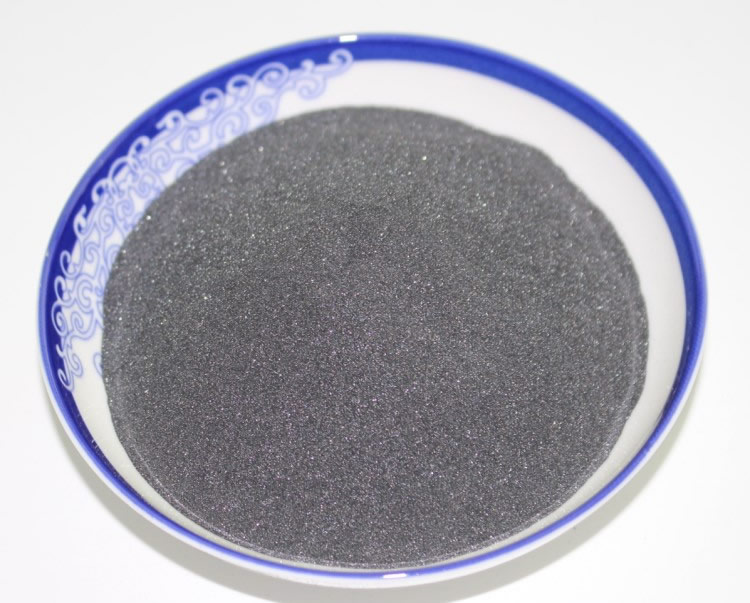Application of boron carbide
Control nuclear fission
Boron carbide can absorb a large number of neutrons without forming any radioactive isotopes, so it is an ideal neutron absorber in nuclear power plants, and neutron absorbers mainly control the rate of nuclear fission. Boron carbide is mainly made into a controllable rod shape in the nuclear reactor field, but sometimes it is made into a powder because of the increase in surface area. During the Chernobyl nuclear accident in 1986, Russia dropped nearly 2,000 tons of boron carbide and sand, which eventually stopped the chain reaction in the reactor.
Abrasive material
Because boron carbide has been used as a coarse abrasive material long ago. Because of its high melting point, it is not easy to be cast into artificial products, but by smelting the powder at high temperature, it can be processed into simple shapes. Used for grinding, grinding, drilling and polishing hard materials such as cemented carbide and gems.
Coating paint
Boron carbide can also be used as a ceramic coating for warships and helicopters. It is light in weight and has the ability to resist the penetration of armor-piercing projectiles through the hot-press coating to form an integral barrier.
nozzle
It can be used to make gun nozzles in the munitions industry. Boron carbide, extremely hard and wear-resistant, does not react with acid and alkali, high/low temperature resistance, high pressure resistance, density ≥2.46g/cm3; microhardness ≥3500kgf/mm2, bending strength ≥400Mpa, melting point 2450℃.
Because the boron carbide nozzle has the above characteristics of wear resistance and high hardness, the boron carbide sandblasting nozzle will gradually replace the known sandblasting nozzles of cemented carbide/tungsten steel and silicon carbide, silicon nitride, alumina, zirconia, etc. .
other
Boron carbide is also used in the manufacture of metal borides, smelting sodium boron, boron alloys, and special welding.


